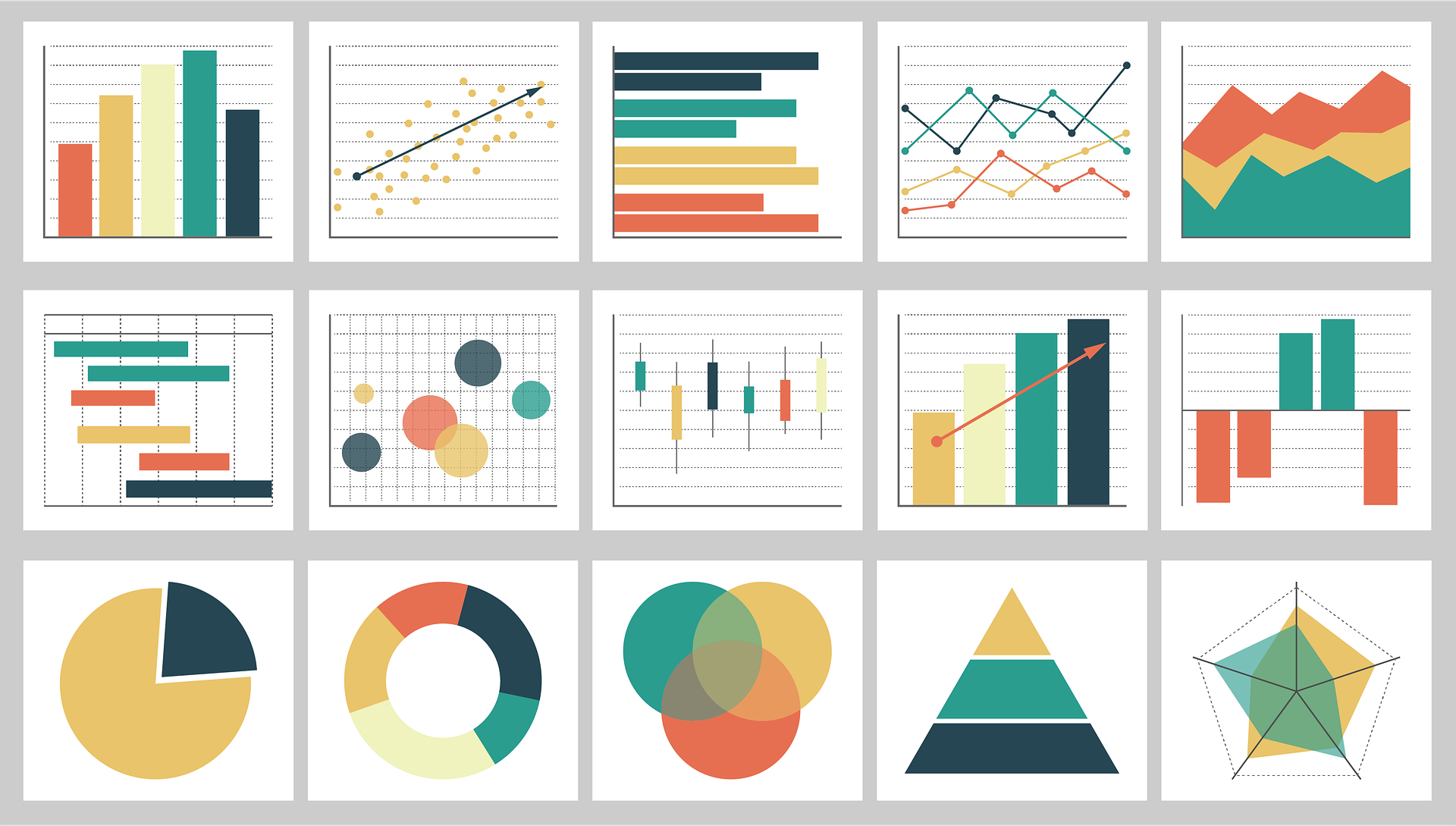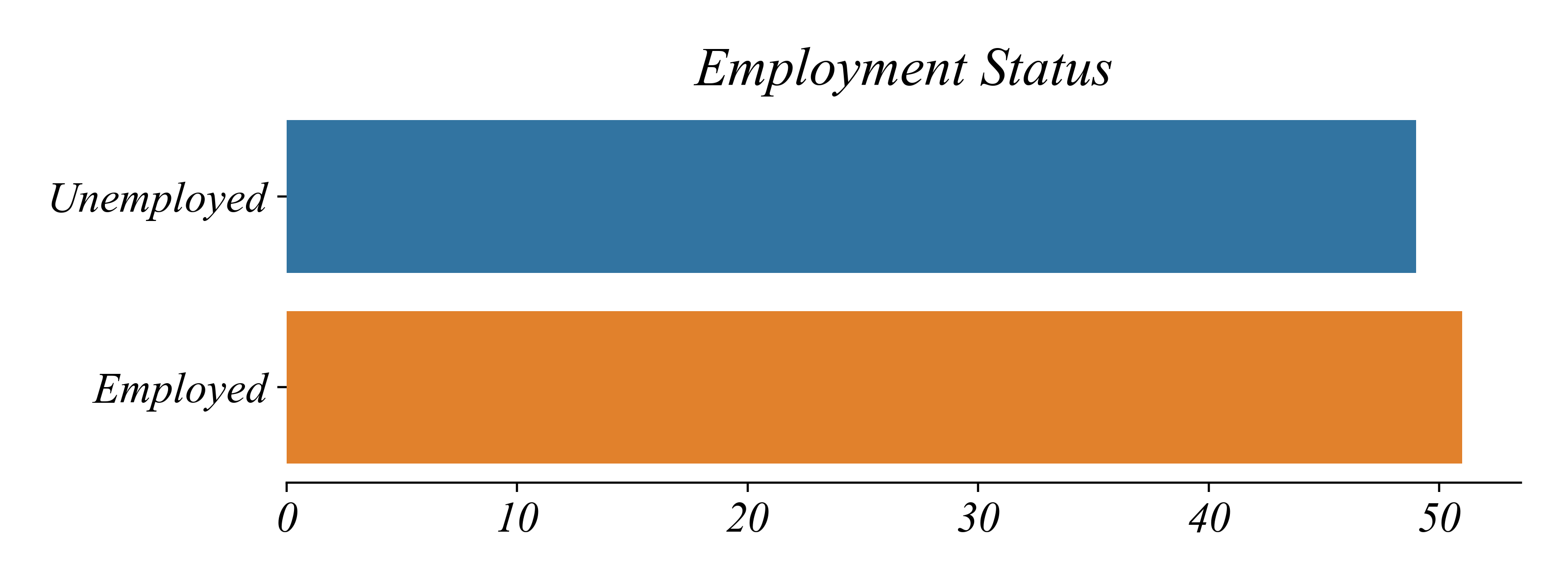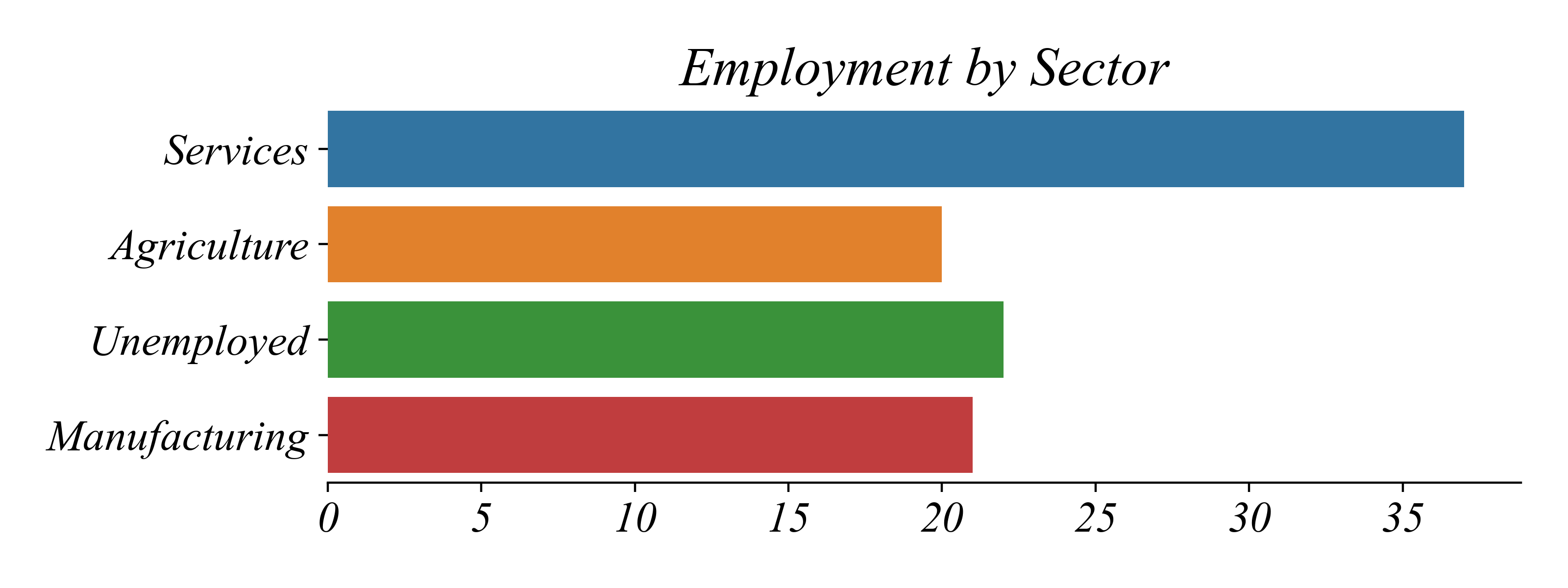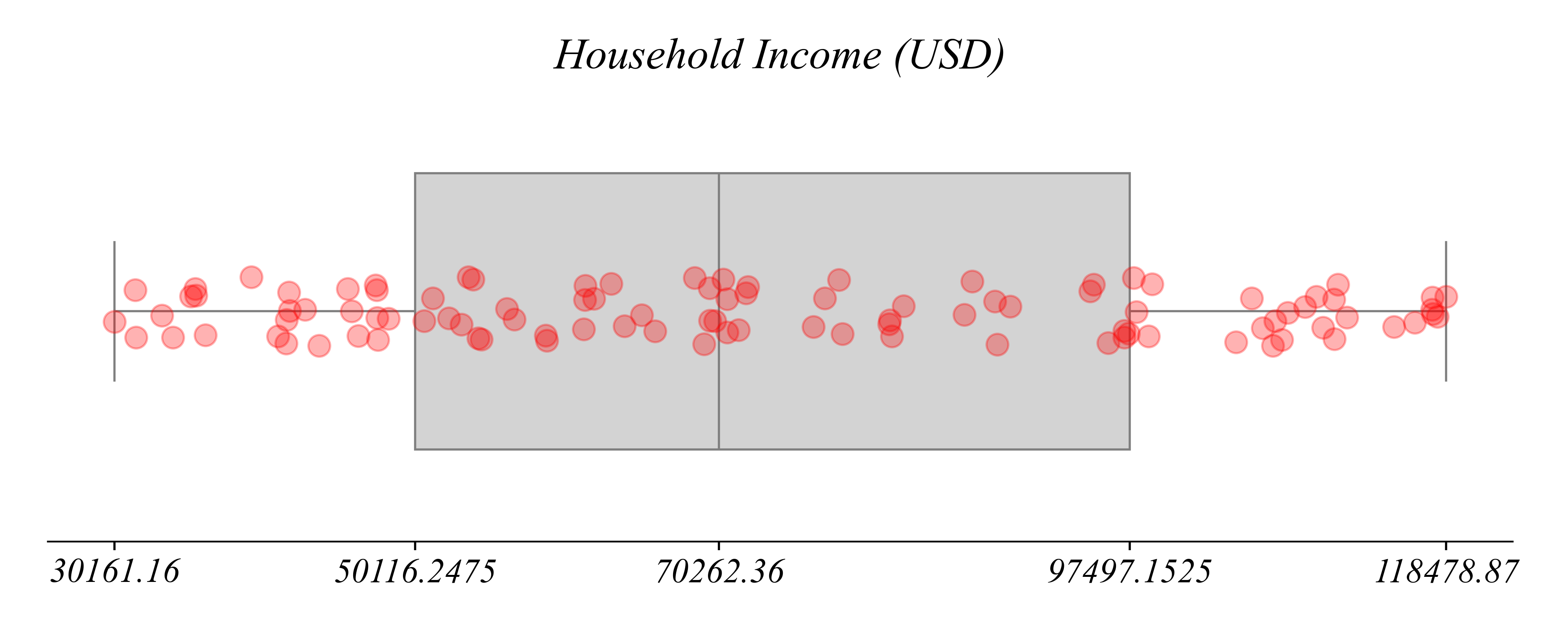ECON 0150 | Economic Data Analysis
The economist’s data analysis pipeline.
Part 1.0 | Variable Types
Part 1.0 | Variable Types
We cannot typically understand our data without summarizing it.

The main differentiators between a good and bad summarization tools is the dimension of the data and what you’re trying to understand about the data.
Dimensions of Data
Data comes in all shapes, sizes, and types.
Variable Type
- Categorical data
- Numerical data
Data Structure
- Cross-sectional data
- Time series data
- Panel data
Number of Variables
- Univariate (n=1)
- Bivariate (n=2)
- Multivariate (n>2)
Variable Types: Categorical
… data that’s best recorded in categories
Binary: only two categories
- Economics major (YES/NO)
- Human (YES/NO)
Nominal: categories cannot be ordered / ranked
- Blood types (A, B, AB, 0)
- Colors (Red, Blue, Green)
Ordinal: categories have order / rank but not a meaningful scale
- Education levels (High School, Bachelor’s, Master’s, PhD)
- Survey responses (Strongly Disagree, Neutral, Agree, Strongly Agree)
- Size categories (Small, Medium, Large)
Variable Types: Numerical
… data that’s best recorded in numerical form
Discrete: countable numbers with meaningful intervals
- Number of children in a household (1, 2, … )
- Number of siblings (1, 2, … )
Continuous: quantities measurable on the reals
- Household income
- US GDP
Exercise 1.0 | Variable Types
Lets identify the variable type for each dataset.
- Dataset 1:
employment_status.csv - Dataset 2:
employment_sector.csv - Dataset 3:
economic_optimism.csv - Dataset 4:
household_size.csv - Dataset 5:
household_income.csv
Exercise: Employment Status
What type of variables are contained in employment_status.csv?
Binary Categorical: two categories (Employed, Unemployed)

Exercise: Employment Sector
What type of variables are contained in employment_sector.csv?
Nominal: no inherent order (Agriculture, Services, Unemployed)

Exercise: Economic Optimism
What type of variables are contained in economic_optimism.csv?
Ordinal: meaningful order without meaningful intervals (Very Pessimistic to Very Optimistic)

Exercise: Household Size
What type of variables are contained in household_size.csv?
Discrete Numerical: countable numbers with meaningful intervals (Number of Children in a Household)

Exercise: Household Income
What type of variables are contained in household_income.csv?
Continuous Numerical: quantities measurable on the reals (Income in USD)
